Photo:Robyn Steady
Words:
Photography: Mike Guest
Lisistarion & Design: Slow Press
Funded by: Slow Ways Walking Network
Beginning our walk at Belhaven Bay meant our first few kilometres hugged the coast around Winterfield Golf Club. Friendly golfers did their best not to hit balls towards us and we did our best not to disturb their shots – as one said to us: “If we’d have been aiming for you, the ball would never come anywhere near you”.
Beyond the golf course, through an old archway by Dunbar Castle, we passed through Dunbar’s harbours. The oldest of the harbours was built in the 17th century, while the 19th century Victoria Harbour is busy with commercial fishing vessels landing locally-caught shellfish.
After skirting round another golf course we were out of Dunbar and heading through the East Lothian countryside. This section of the walk is striking – a flat, rural landscape dominated by the looming cement works and Torness Nuclear Power Station. The industrial vibes are extenuated by the ever- present sound of the A1, which follows the coast, heightened by the grey, overcast sky as we walked. It’s definitely not traditionally beautiful, but it’s distinctive and scenic
At the east end of Thorntonloch beach the route cuts inland through some woods to cross Dunglass Burn. The bridge over the burn is also where the route passes from East Lothian to the Borders. As we crossed, everything became immediately more bucolic the sun came out, newborn lambs skipped through fields and farmers in tractors passed us on the tight lanes.
Several hours and 20-odd kilometres into the walk, the community shop at Cockburnspath is the first opportunity to buy refreshments. From here the route cuts back under the A1 and heads steeply downhill towards Pease Bay.
Framed by dramatic red sandstone cliffs at either side, Pease Bay has the reputation of being one of the best surfing beaches on this coast. The caravan park at the beach, including shop and café/bar, is welcoming to beachgoers and surfers are able to use the carpark. The quality of wave here means Pease Bay has been central to the growth of surfing in the southeast of Scotland. Although there’s no permanent surf shop at the beach it’s still a focal point for the surfing community
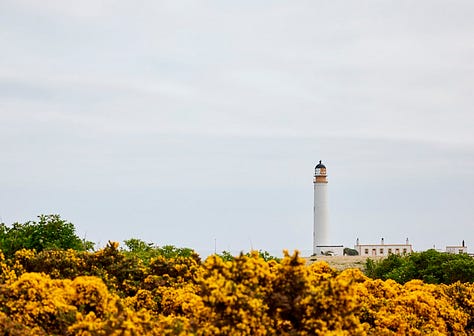
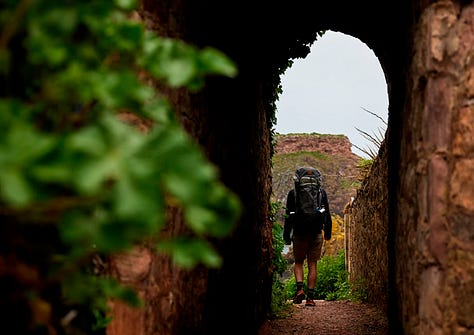
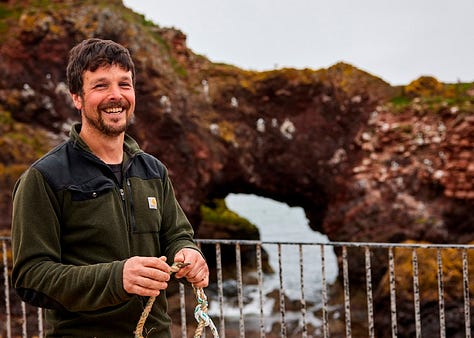
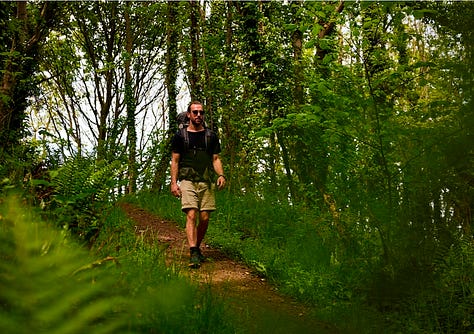
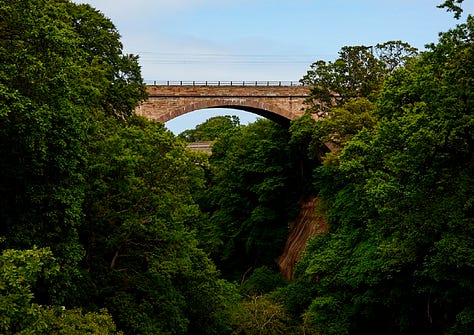
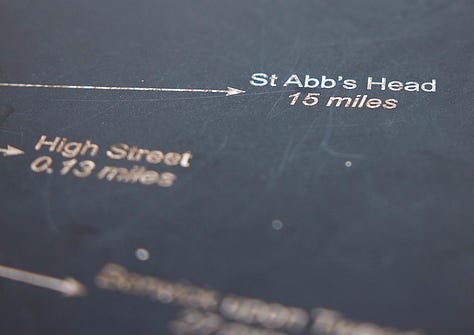
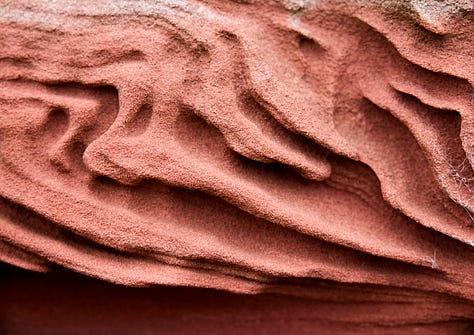
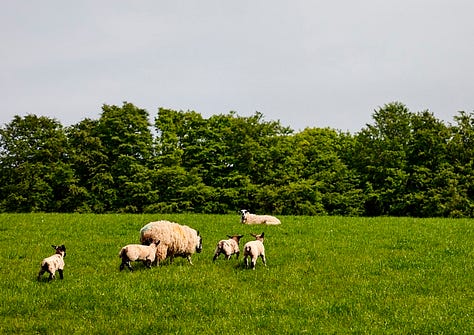
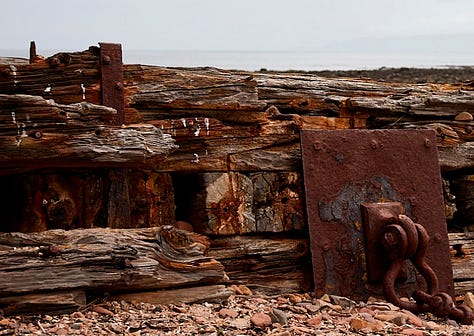
Keeping Up Momentum
Although this project is specifically about the southeast of Scotland, we knew the stories we’d hear would take us to some unexpected places. Somewhere we definitely didn’t expect to be taken was the middle aisle of Aldi. But that’s exactly where our interview with Martin McQueenie ended up and the detour serves as a great example of the breadth of Martin’s involvement in surfing in the southeast of Scotland.
In 2018 Aldi made an advert celebrating the multiverse of nonsense you can buy in its middle aisle. Included in this was a wetsuit, which they advertised with a scene of a middle-aged British Asian man from Lancashire learning to surf. The scene was shot at Pease Bay and Martin was employed to take care of water safety for the shoot.
Unfortunately the ad was shot in April, when the water temperature at Pease Bay is around 7°C and Aldi’s wetsuit was only 2 millimetres thick. For those not familiar with wetsuits, a 2mil wetsuit is designed for water temperatures of 15+°C. So although in the final ad the man looks to be having a lovely time when he delivers the line, “it’s a bargain”, that’s largely because he’s wearing Martin’s winter wetsuit underneath the Aldi wetsuit. Like many people before and after him, the actor had Martin to thank for his experience of surfing at Pease Bay.
Beyond keeping actors warm by lending them his wetsuit, it’s hard to overstate Martin’s contribution to the southeast of Scotland surf scene. Everyone we interviewed for this project told us we had to speak to Martin, and they were all quick to emphasise how friendly and supportive he is. Although Martin is reluctant to put a figure on it, there must be hundreds if not thousands of people who have benefitted from his work. A non-exhaustive list of that work includes running Momentum surf school, fixing and shaping boards, training coast guards and running RNLI water safety sessions in schools, coaching the Scottish junior surf team, helping organise the Scottish Surfing Championships and most recently supporting the development of Lost Shore, an artificial surf park being built in Ratho, Edinburgh.
Martin learned to surf in the 80s during a sports scholarship at Cal State University Bakersfield. When he came back to Edinburgh, he didn’t expect to continue surfing, but his friends invited him to join a surf trip to Cornwall. Martin says a night out in Newquay opened his eyes to the possibility of surfing in Scotland: “We were going into a club and the guy on the door heard our accent. He asked ‘where are you guys from?’ and we said ‘Edinburgh’. He was from Glasgow and told us to check out Pease Bay – I’d never heard of Pease Bay in my life!” It turned out that Glaswegian bouncer was Mark Neville, who would go on to become one of the best-regarded longboard shapers in the country.
After surfing the southeast of Scotland beaches himself, Martin opened a surf shop and school in Edinburgh in 1996. Although the shop is now closed, Martin continues to operate Momentum Surf school from his van at Pease Bay, as well as being regional coach for the Scottish junior surf team. When he’s talking about coaching, it’s clear to see the enthusiasm Martin has for helping people improve in the sport he loves:
Martin qualified as an RNLI lifeguard as part of becoming a surf instructor, but since then has played an important role in training lifeguards and teaching water safety along the coast from East Lothian to Fife. In response to the increase in footfall on Scottish beaches since 2020, due in part to people exploring their local areas more during lockdown, the RNLI is seeking to reach more young people with water safety information and training. Martin leads practical water safety sessions for school classes at beaches and delivers Meet the Lifeguard assemblies. Both the sessions cover how to stay safe in the water and what to do in case of an emergency.
Coldingham is the only beach in the southeast of Scotland which has a lifeguard and Martin is keen for more surfers to learn how to respond to accidents and emergencies in the water: “There’s a movement called Surfers Helping Surfers which is education for what to do if you see someone get a bump on the head, or hit by a fin, or whatever. It’s important because at the moment it usually ends up being myself or one of the other surf schools that pull someone out and attend to them if something happens.”
The opening of Lost Shore, earmarked for 2024, is set to dramatically change the surf scene not just in the southeast, but for the whole of Scotland. Lost Shore will be the largest inland surfing destination in Europe, capable of generating up to 1,000 waves per hour to accommodate everyone from complete beginners to Olympic-level surfers. The resort, in the middle of a 60-acre park, will include accommodation and a wellness spa. The project is being met with excitement and wariness in equal measure: excitement at the prospect of a world-class artificial wave to surf year-round, and wariness at what the accessibility of learning to surf at Lost Shore will mean for the capacity of the beaches along the coast. Martin is sensitive to people’s concerns about capacity, but thinks the answer lies in good coaching of water safety and surf etiquette:
“I was chatting to some local surfers recently and they were asking how Lost Shore might affect them, by which they meant ‘will it get busy at Pease Bay?’. Honestly, I don’t know, but what we’re aiming for is that anyone who learns at Lost Shore will be better educated – we’ve got a moral obligation to get it right. So our plan is anyone who comes to Lost Shore for five lessons, one of those lessons will be in the sea with a Scottish Surf Federation surf school, to make sure they’ve got an initial understanding of what it’s like to surf in the sea.”
Lost Shore is also partnering with the Wave Project to help the charity deliver its surf therapy sessions and will be an RNLI training centre. The project seems to bring together many of the strands of Martin’s work from the past 20 years, from coaching to lifeguarding, allowing him to do more of what he does best: helping people learn to surf.

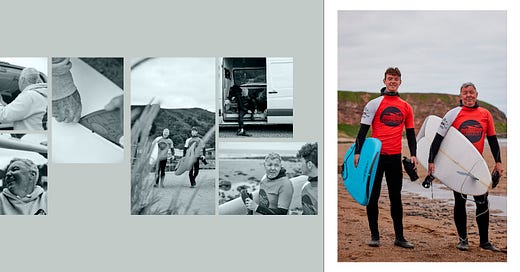



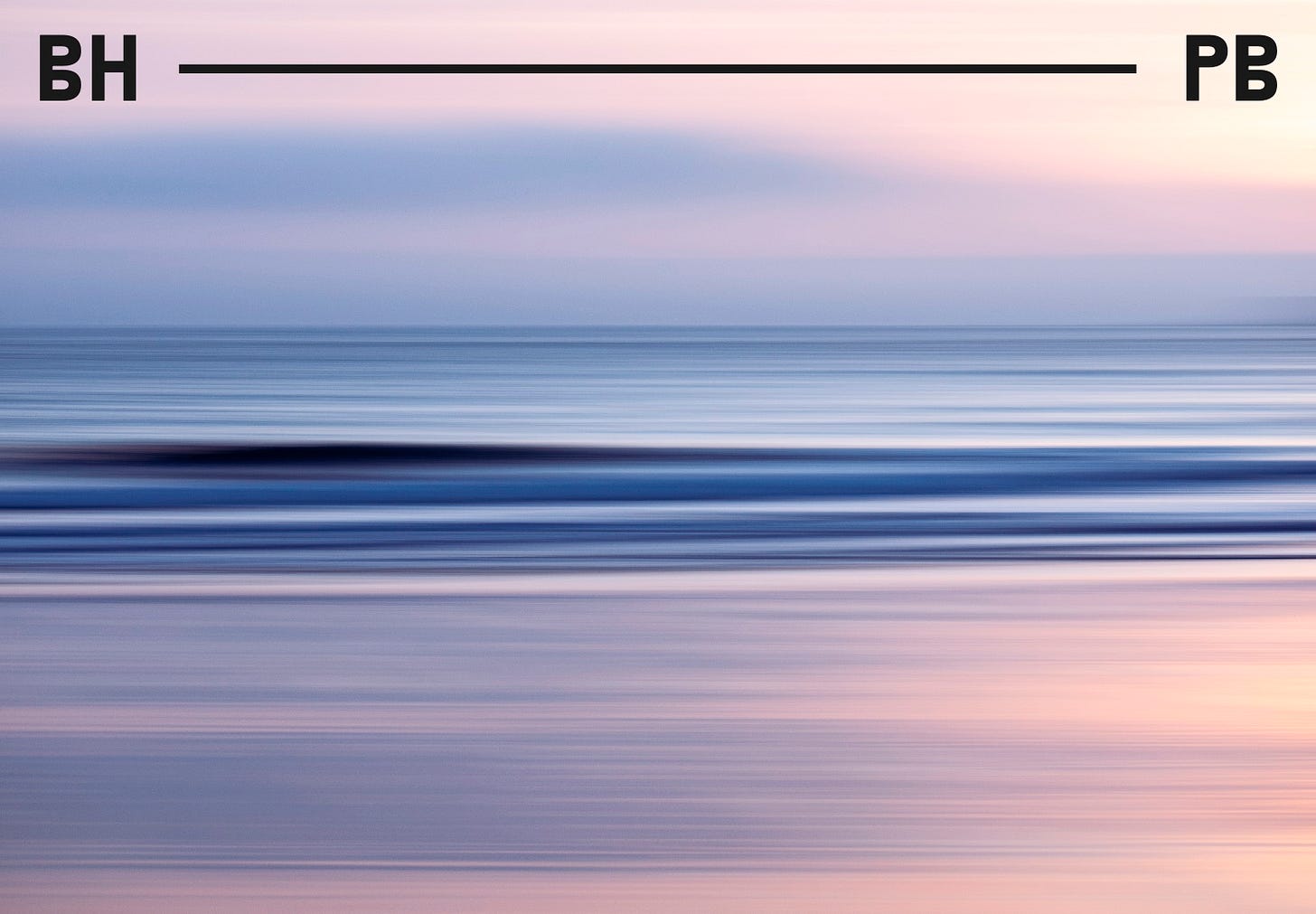
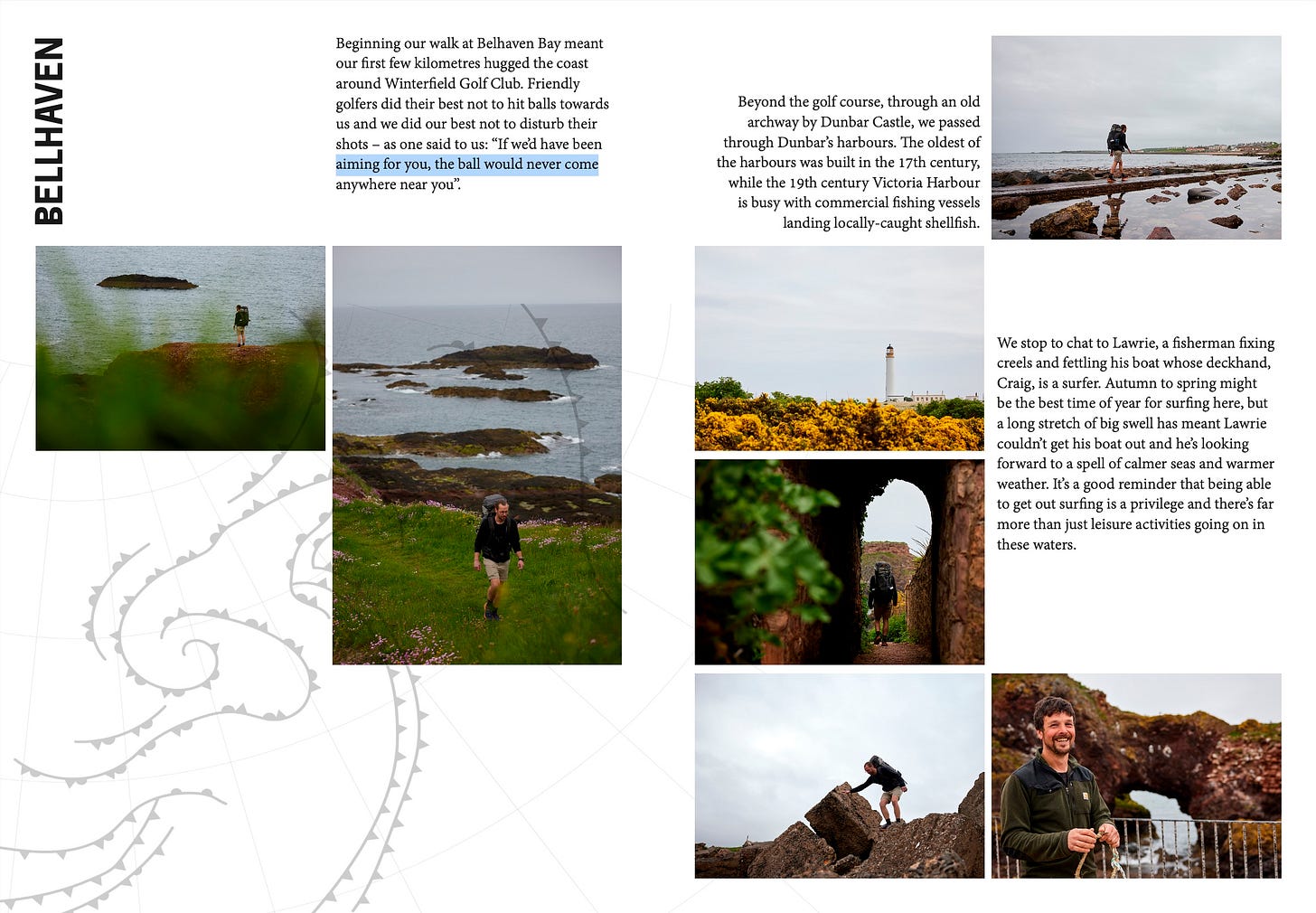
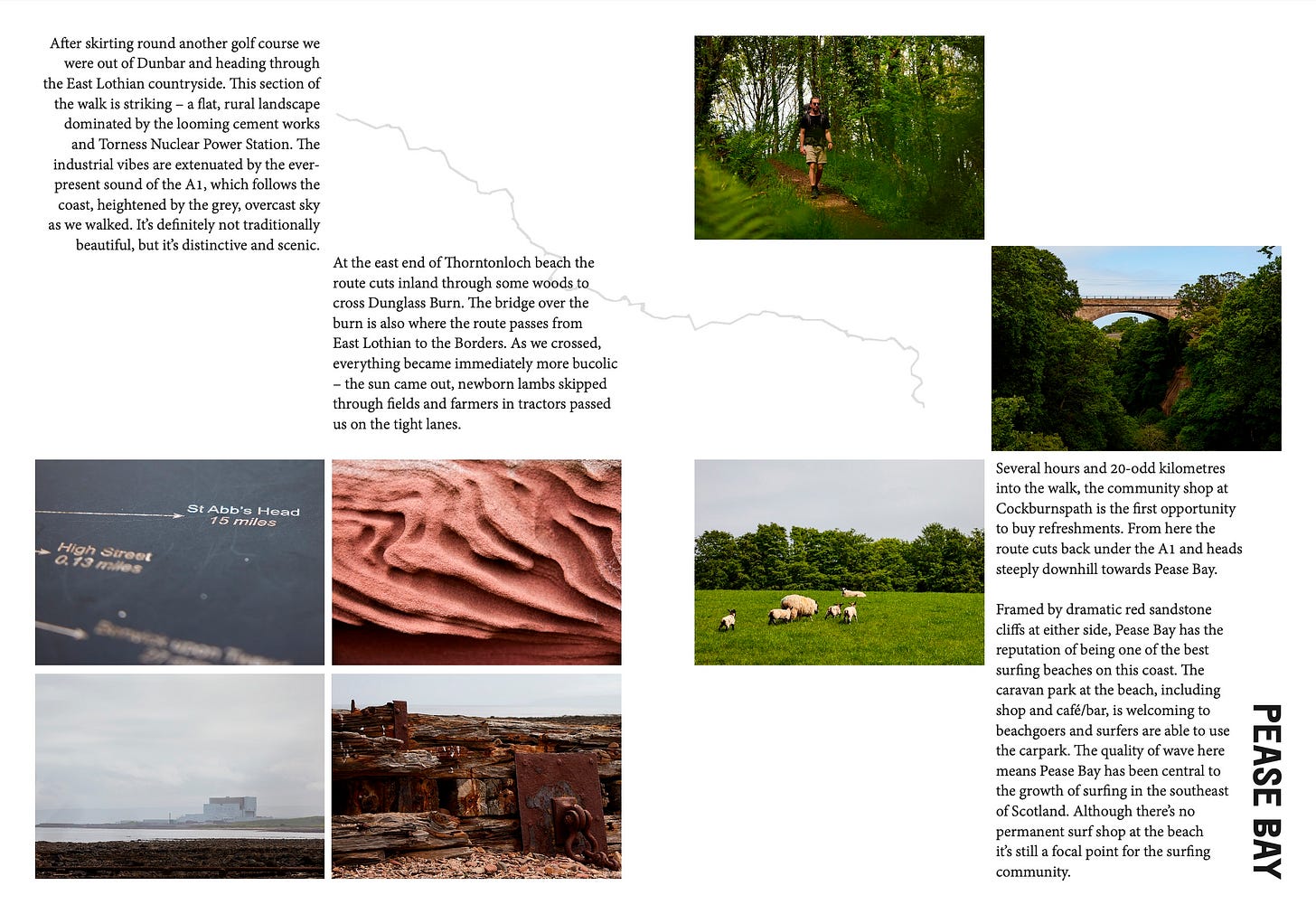
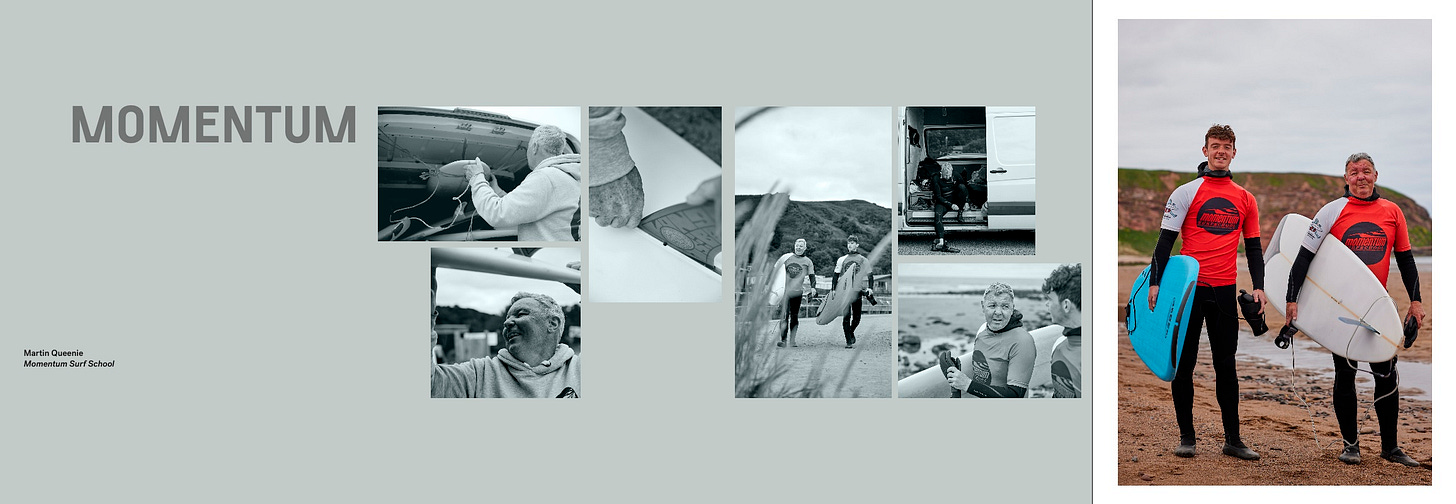
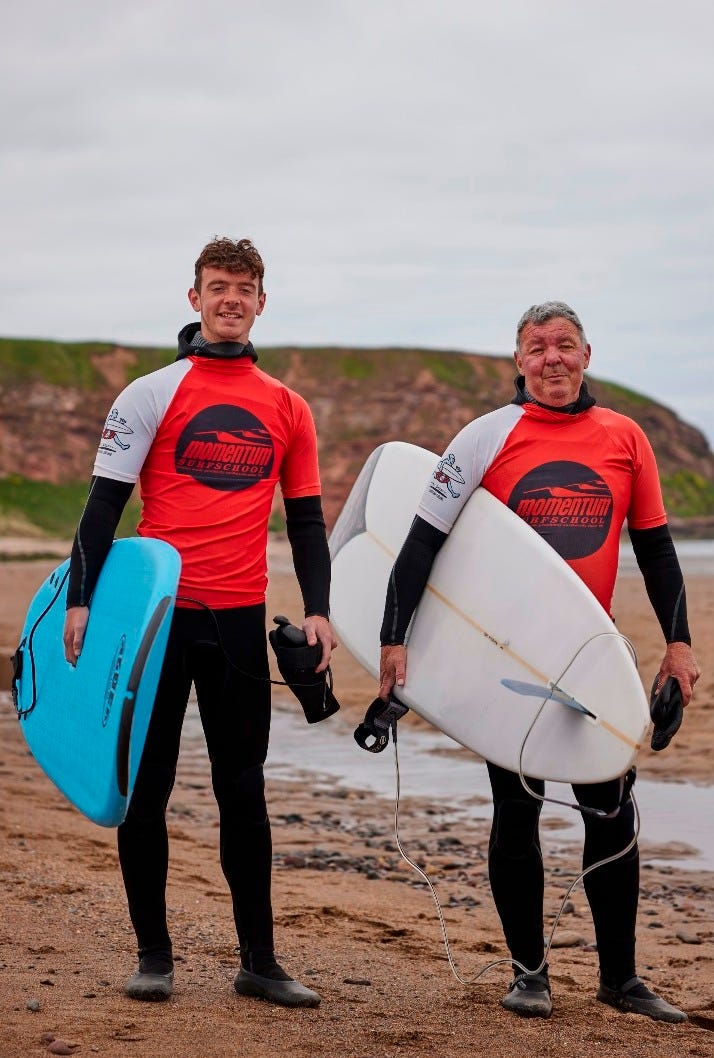
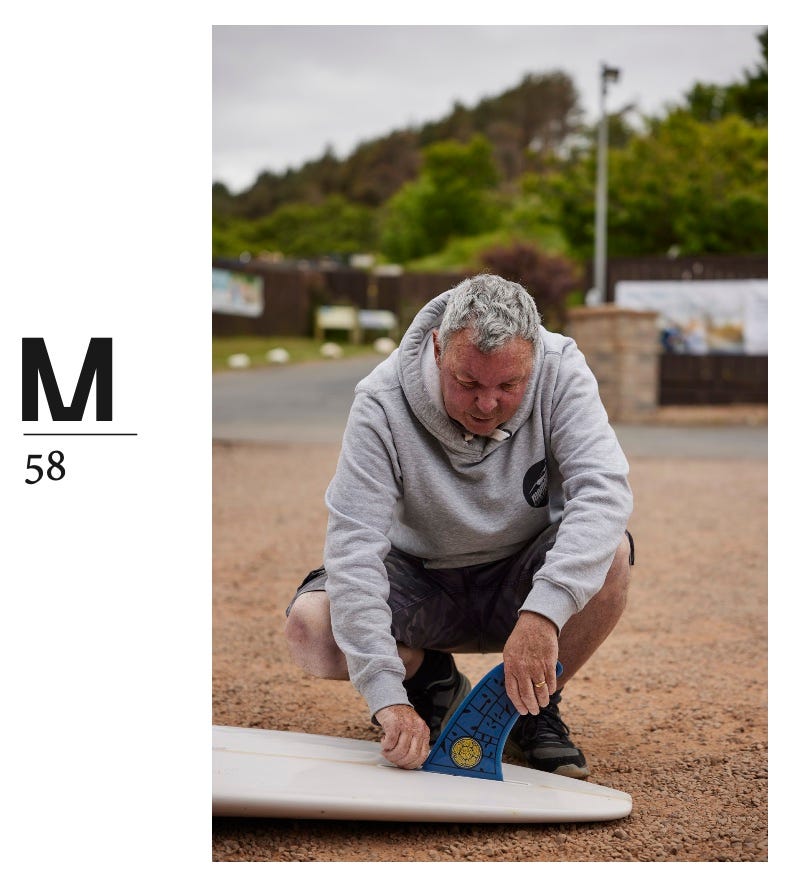

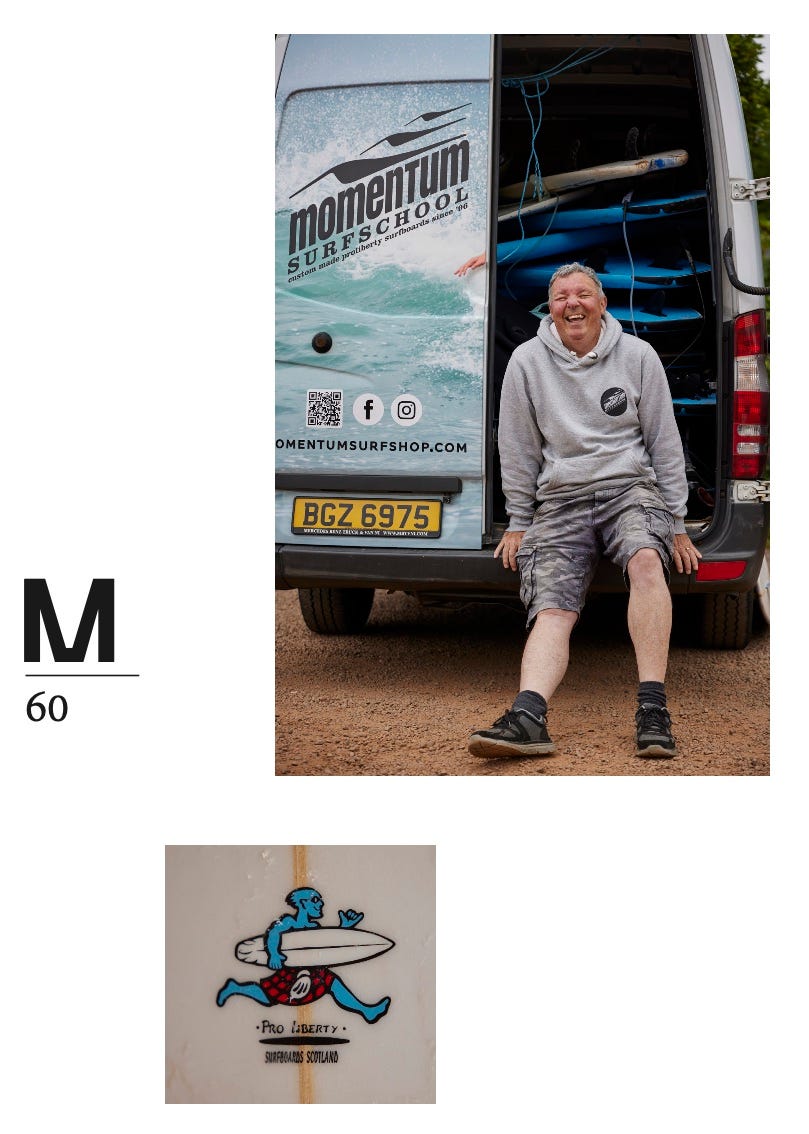
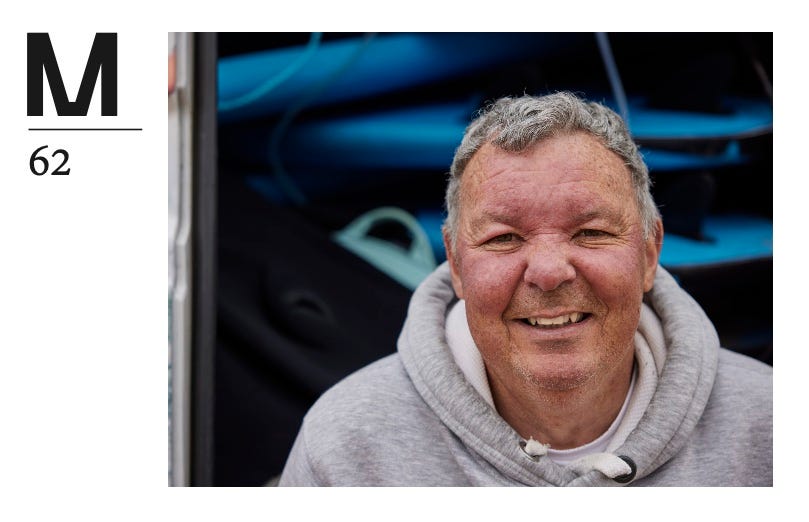
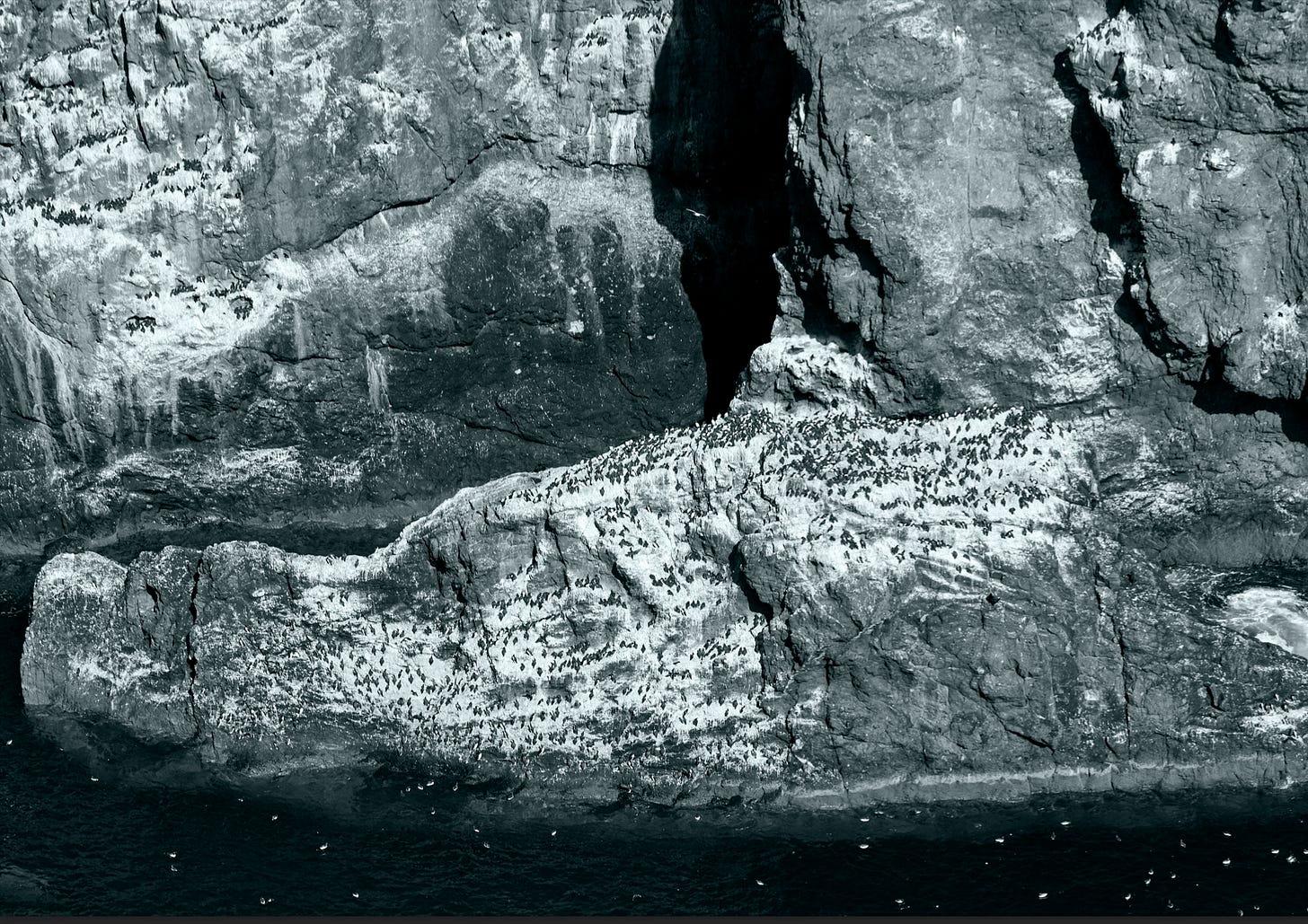



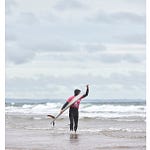
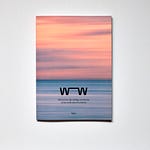
Share this post